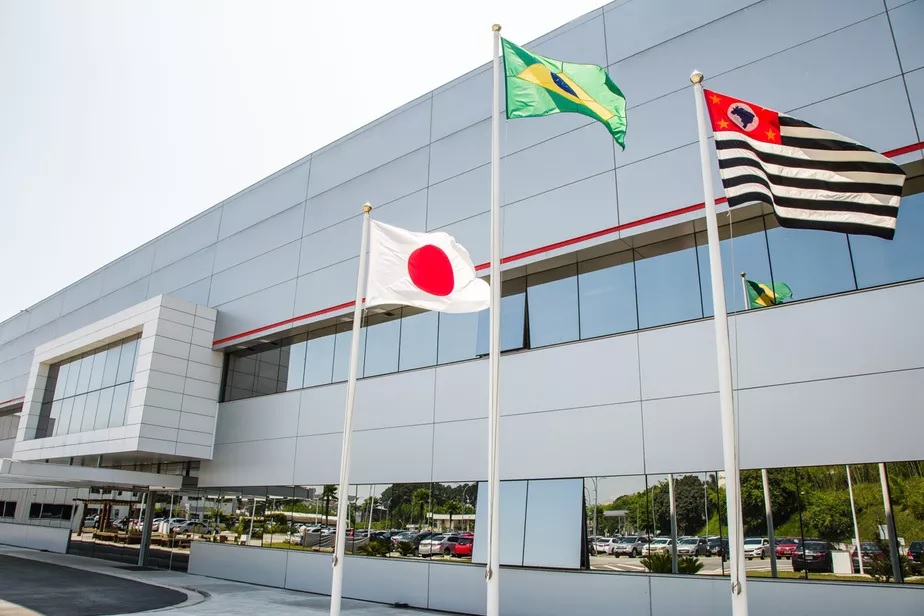RIO DE JANEIRO, BRAZIL – Toyota has announced that it will close its plant in São Bernardo do Campo (São Paulo State) by the end of 2023. Inaugurated in 1962, this unit is historic for being the first plant built in Brazil and Toyota’s first assembly line outside Japan.
The plant was created to produce the Toyota Bandeirante. And it did so until 2001. Since then, besides being the company’s administrative headquarters (transferred to Sorocaba in 2021), the plant has produced components for the company’s other plants in Brazil, Argentina, and the United States, and spare parts for off-line cars.
The unit produces everything from suspension parts for the Argentinian Hilux to stamping parts for the Corolla and Corolla Cross manufactured in Indaiatuba and Sorocaba (São Paulo State) and internal components for the engines manufactured in Porto Feliz (São Paulo State) and the United States.

These operations will be gradually transferred to the other Toyota plants in São Paulo State in December 2022, with completion scheduled for November 2023.
The Japanese manufacturer guarantees that all 550 employees of the São Bernardo do Campo plant will have the opportunity to work in the other plants.
SÃO BERNARDO DO CAMPO PLANT COULD HAVE CLOSED DECADES EARLIER
A fire at the Volkswagen plant on Via Anchieta in São Bernardo do Campo changed Toyota’s destiny in Brazil because the Japanese manufacturer was one of the companies that helped Volkswagen deal with the loss of its paint shop.
Applying primer on 20 Beetle bodies per day made the Brazilian operation very profitable and gave the factory, which was on the verge of closing, a lifeline.
Although the plant’s capacity at its inauguration was to make 300 Bandeirante per month, only 627 were assembled in the first year, peaking at 2,200 cars in 1964. But the average for the following years would be a dismal 700 cars/year.
Providing painting services for Volkswagen may have prevented Toyota from ending Bandeirante production in Brazil in the 1970s. However, it did not prevent the Japanese company from postponing until 1998 the production of cars in Brazil with the Corolla.

